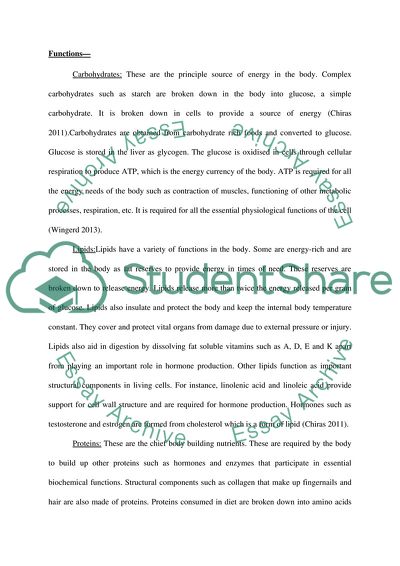Cite this document
(Nutrition Essay Example | Topics and Well Written Essays - 4000 words, n.d.)
Nutrition Essay Example | Topics and Well Written Essays - 4000 words. https://studentshare.org/biology/1877418-nutrition
Nutrition Essay Example | Topics and Well Written Essays - 4000 words. https://studentshare.org/biology/1877418-nutrition
(Nutrition Essay Example | Topics and Well Written Essays - 4000 Words)
Nutrition Essay Example | Topics and Well Written Essays - 4000 Words. https://studentshare.org/biology/1877418-nutrition.
Nutrition Essay Example | Topics and Well Written Essays - 4000 Words. https://studentshare.org/biology/1877418-nutrition.
“Nutrition Essay Example | Topics and Well Written Essays - 4000 Words”. https://studentshare.org/biology/1877418-nutrition.


